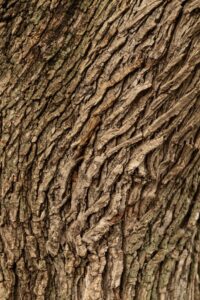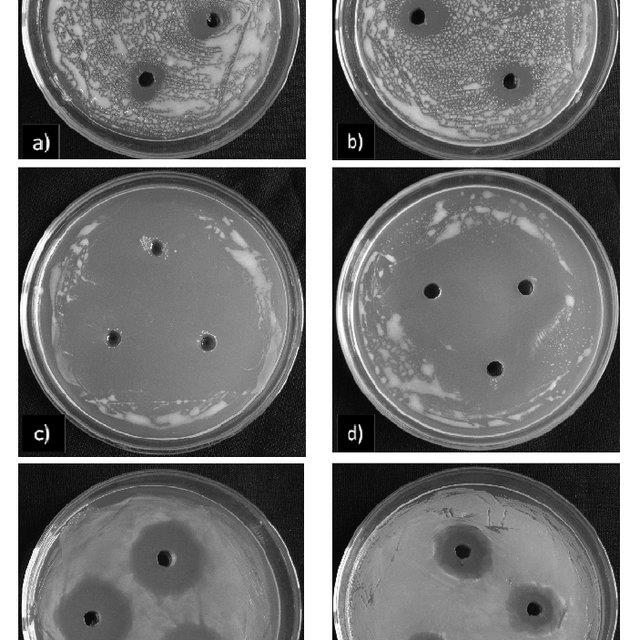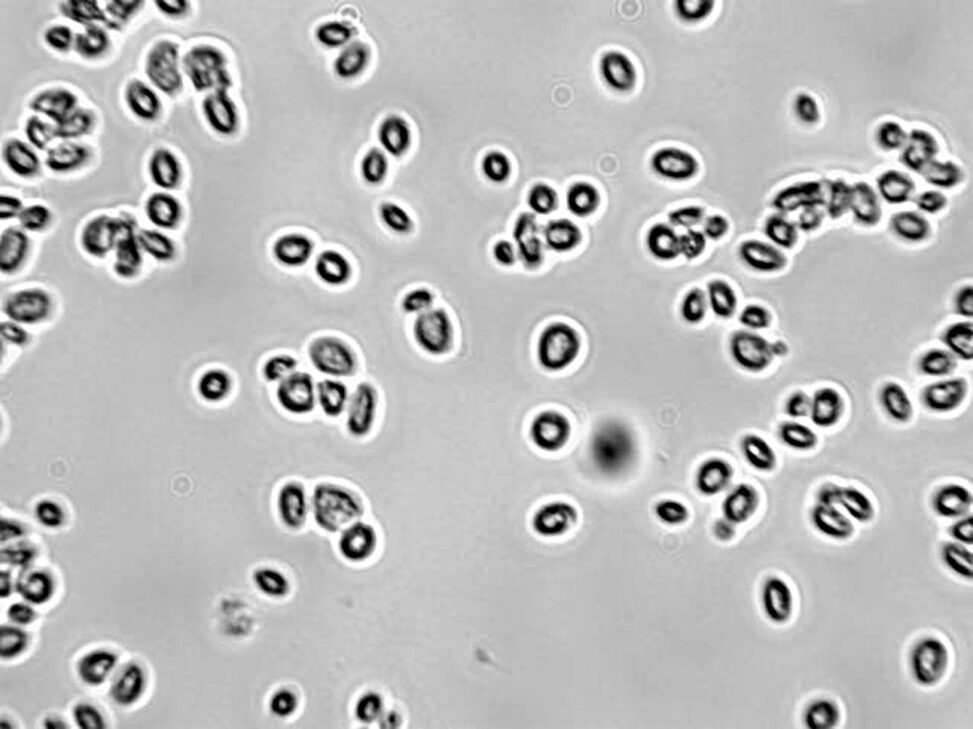1st stage:
Botanical pesticides are vegetal extracts or compounds used for preventing, destroying, or controlling different types of pest. Due to their reduced toxicity and side effects as compared to the chemical ones, these substances could represent a promising alternative for the development of new biocontrol agents, both efficient, and also fulfilling the safety requirements for food security and human health.
Yeasts are eukaryotic, single-celled microorganisms classified as members of the fungus kingdom. Yeasts are unicellular organisms that evolved from multicellular ancestors.
2nd stage:

Macro-photographic studies of seeds and fruits from the Royal Botanic Garden Edinburgh’s Herbarium Collection. Levon Biss captures the breath-taking details of the world of carpology, the study of seeds and fruits. Each image reveals minute features, textures and shapes that are normally invisible to the naked eye, providing a unique insight into this crucial resource for botanical science, and striking and bizarre adaptations that have evolved over thousands of years.
 The importance of leaf. The leaf is an organ optimized for capturing sunlight and safely using that energy through the process of photosynthesis to drive the productivity of the plant and, through the position of plants as primary producers, that of Earth’s biosphere.
The importance of leaf. The leaf is an organ optimized for capturing sunlight and safely using that energy through the process of photosynthesis to drive the productivity of the plant and, through the position of plants as primary producers, that of Earth’s biosphere.
 A fungus (plural: fungi or funguses) is any member of the group of eukaryotic organisms that includes microorganisms such as yeasts and molds, as well as the more familiar mushrooms.
A fungus (plural: fungi or funguses) is any member of the group of eukaryotic organisms that includes microorganisms such as yeasts and molds, as well as the more familiar mushrooms. Bark is similar in many ways to our own skin and is essential for a tree’s survival. And a whole host of other species make use of this niche in the forest ecosystem. The visible part keeps moisture in and keeps infection out.
Bark is similar in many ways to our own skin and is essential for a tree’s survival. And a whole host of other species make use of this niche in the forest ecosystem. The visible part keeps moisture in and keeps infection out.
Bark as protection
Bark as a habitat
Food for wildlife










Leave a Reply